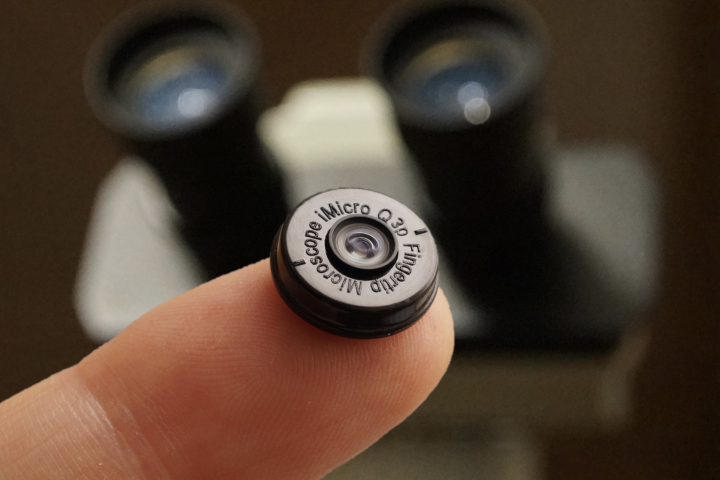Engineers at Iowa State University may have gotten one step closer to the ability to make objects invisible with the development of what they are calling a flexible, stretchable and tunable meta-skin. They have shown that objects wrapped in the meta-skin can suppress radar detection, and they are hoping to advance the material to eventually make objects undetectable to both visible and infrared light.
The meta-skin is so named because it is made of metamaterials (composites not found in nature) that can manipulate electromagnetic waves. The metaskin created at Iowa State is made with rows of what are referred to as electric split ring resonators that are embedded in layers of silicone sheets.
The resonaters are rings that are each about 2.5 mm (0.1 inch) in radius and about 0.5 mm (0.02 inches) thick. They are filled with a commercial metal alloy called galinstan that is liquid at room temperature and is frequently used to replace mercury due to its lower toxicity.

Once the rings are filled with galinstan they can trap and suppress radar waves at certain frequencies. Stretching the meta-skin changes the size of the rings which changes the frequency range it can suppress, thus making the skin tunable. Tests showed radar suppression with the meta-skin was about 75 percent in the frequency range of 8 to 10 gigahertz.
The researchers involved in the project point out that the biggest difference in the meta-skin and more traditional stealth technologies that attempt to create a barrier to radar waves, is that the meta-skin has the potential to absorb all of the radar waves, effectively acting like a radar wave sponge.
While the researchers admit that cloaking an entire stealth bomber in their meta-skin to make it invisible to the naked eye will require advances in nanomaterials, they believe their project has proven the validity of eventually making that a reality.
In November of last year, scientists at Huazhong University of Science and Technology created a radar absorbent system that was also tunable, but it wasn't created with any type of meta materials.
The paper outlining the work of the Iowa State Researchers was recently published in Science Reports.
Source: Iowa State University








